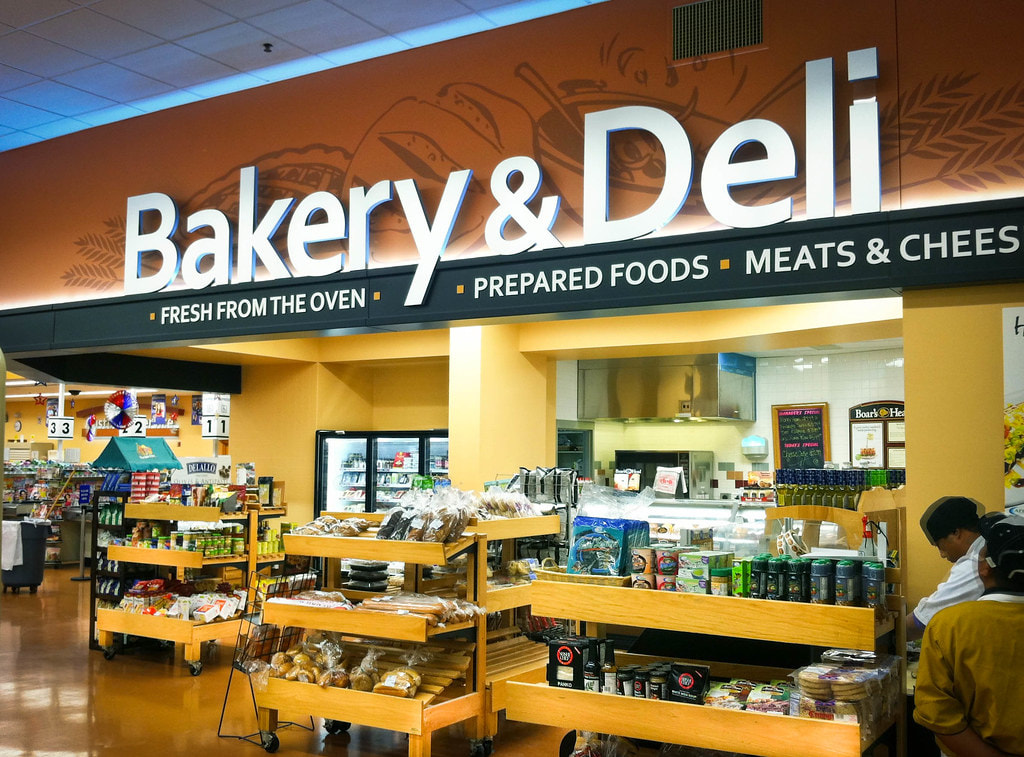|
Yutong Zhang, MS Imagine you’re navigating the bustling aisles of supermarkets after a tiring day of work, and your attention is quickly drawn by all convenience, ready-to-eat options prepared on site. These prepared foods don’t require any extensive cooking, a perfect match for your busy life. In the US, prepared foods in supermarkets are in high demand over the past decades because of their convenience. However, this convenience comes at a cost of low nutritional quality and raises public health concerns. Petimar et al. led a study published in 2023 that revealed the high calories and low nutrient density reality behind supermarket prepared foods. This study found a substantial growth in prepared foods in supermarkets over time (2015-2019) by investigating two supermarket chains in the US ~1200 stores. Both the percentage of prepared foods in overall food products and, the variety of prepared foods increased over time, doubling in 2019 (6.4%, 4113 items) compared to 2015 (3.1%, 1930 items). Calories and other nutrients of concerns—sugar, saturated fat, and sodium—from prepared foods showed a slow, increasing trend when diving into both purchasing information at transaction level and nutrition information. However, the percentage of total nutrients purchased from prepared foods was stable over time, which may suggest consumers increased overall foods purchased. Additionally, most of the prepared foods were high in calories, sugar, saturated fat and sodium. When looking at the variety of prepared foods, over 90% of prepared bakery and deli items, and 61% of prepared entrees had high calories or were high in at least 1 of the nutrients of concern. Prepared foods also showed similar nutritional profiles when compared with supermarket packaged foods and with restaurant foods. These findings illustrate that prepared foods might be convenient for consumers to grab and go, but they showed very similar concerning nutritional profiles—high in calories, sugar, saturated fat, and sodium—as supermarket packaged foods and restaurant foods. The similar nutritional profiles between prepared foods and packaged foods might contradict consumers’ common sense as prepared on site could be healthier. A previous study found consumers may pay more attention to the packaged foods’ labels and consider the nutritional content before purchasing. Policy and behavior interventions should be developed to better inform consumers about the nutrition values in prepared foods which could lead to healthier food choices when shopping at supermarkets. Author
Yutong Zhang is a Research Analyst at the Harvard Pilgrim Health Care Institute within the Division of Chronic Diseases Across the Lifecourse (CoRAL). She has a broad interest in nutrition epidemiology and food labeling policy. She holds a master's degree in Nutrition Intervention, Communication, and Behavior Change from Tufts University. Before joining CoRAL, she worked as a research assistant at Tufts Friedmann School of Nutrition Science and Policy focusing on nutritional data management and foodborne outbreak analysis. In her spare time, she enjoys traveling, hiking, and taking care of plants.
0 Comments
Your comment will be posted after it is approved.
Leave a Reply. |
©2017 WeighingInBlog. All rights reserved. 401 Park Drive, Boston, MA





 RSS Feed
RSS Feed

